In our fast-paced world where all aspects of our lives are interspersed with people, culture and food from all over the world, is the journey back to one’s roots the most fulfilling one?
In the past decade, consumers have been exposed to various cuisines. Social media and an increase in international travel are the two main reasons for broadening the palate enough to appreciate a variety of tastes. Today, Indians are at ease ordering enchiladas in a Mexican restaurant, sushi in a Japanese or nasi goreng in an Indonesian restaurant. Not only do we have a greater understanding of world cuisines but we have knowledge about recipes and various ingredients. However, if someone were to ask us about the Garhwali cuisine or the North Eastern Cuisine most of us would not know. We would stare back, perplexed as if someone had spoken to us in a foreign language.
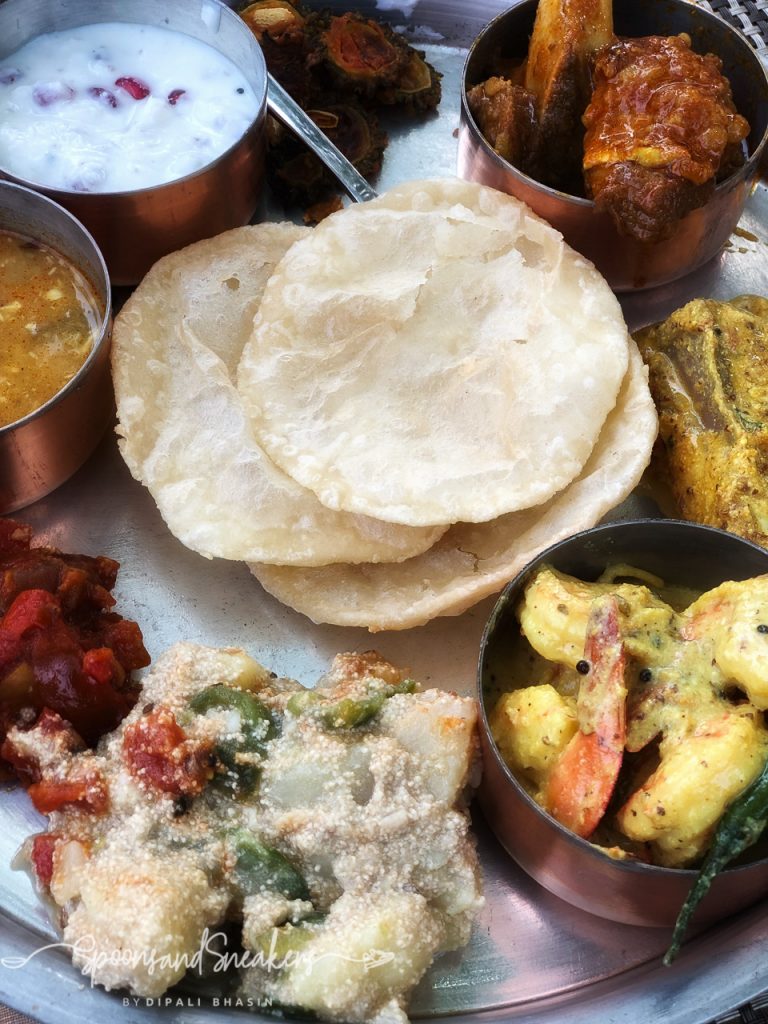
Food will trend towards regional cuisines and local flavours.
It’s no surprise then that the “Godrej Food Trends 2018” indicates that the scales are tipping towards indigenous ingredients, regional cuisines and a connection with oneself through mindful eating. The future of food is guided by a sense of identity, place and belonging. It is delving deep into culinary traditions that have spanned generations. Dining experiences will be more intimate and down to earth. Rather than cooking with science, food will be cooked with the soul. Chefs will go back to traditional recipes, focus on flavours and dining experiences and menus will have more “glocal’ dishes – A global touch to local dishes.
We are going back to our roots!
Reliving emotions with age-old recipes
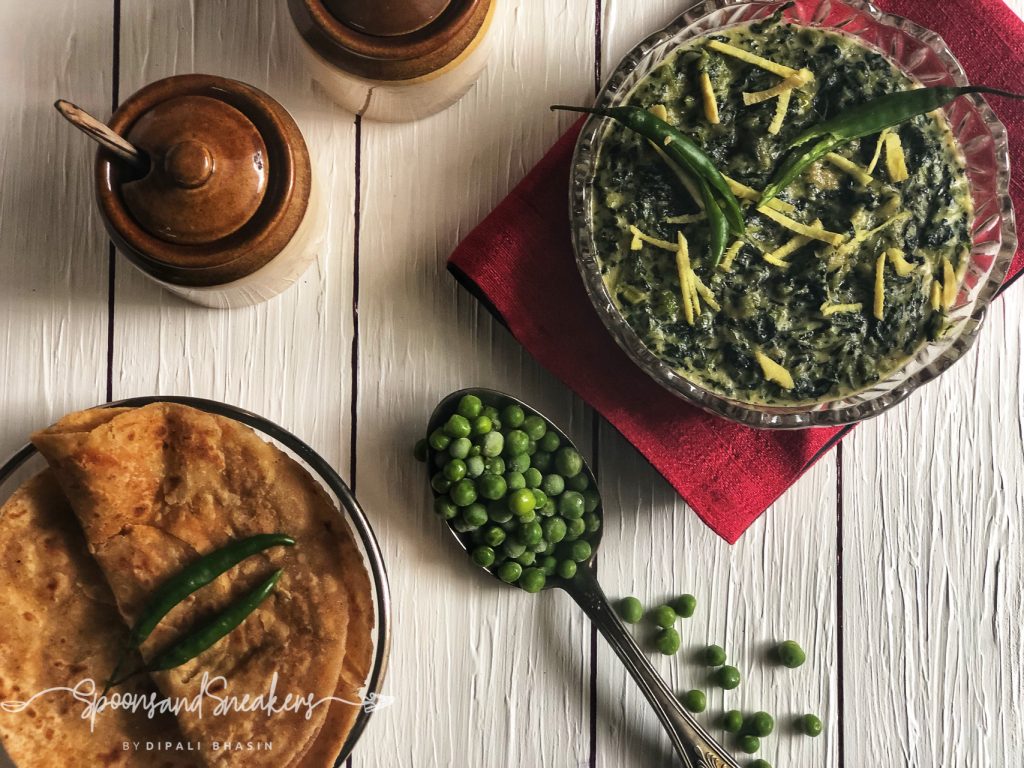
Food will be cooked using age-old recipes.
Food memories carry nostalgia and emotions with them. During my growing up years, I have watched the rainfall eating hot samosas and pakodas, hungrily waited with friends outside my college as the jhalmuri wallah chopped, roasted and mixed ingredients till he finally filled tiny newspaper cones with the tangy mix of puffed rice. I squealed with excitement each time Nani came to visit us because she made the best besan ke ladoos, methi malai matar and desi ghee paranthas. Sundays in our house were special days too. Mom would prepare crispy dosas with the batter she had left to ferment overnight, and serve it with sambar, chutneys and potato masala or Dad would pack the family in the car to have piping hot chole bhature in Bengali Market. An outing to a restaurant, especially in a five-star was restricted only for special occasions. A lot has changed since then. The restaurant boom has seen a spurt of new restaurants, cafes and bistros. Eating out and ordering different cuisines has become more experiential than existential for most of us. With so many options and cuisines, we are eating out frequently. While we have enjoyed and welcomed the variety of food from different countries, the culinary overload of unfamiliar dishes nudges us back to simple foods we have grown up with.
Local and sustainable food
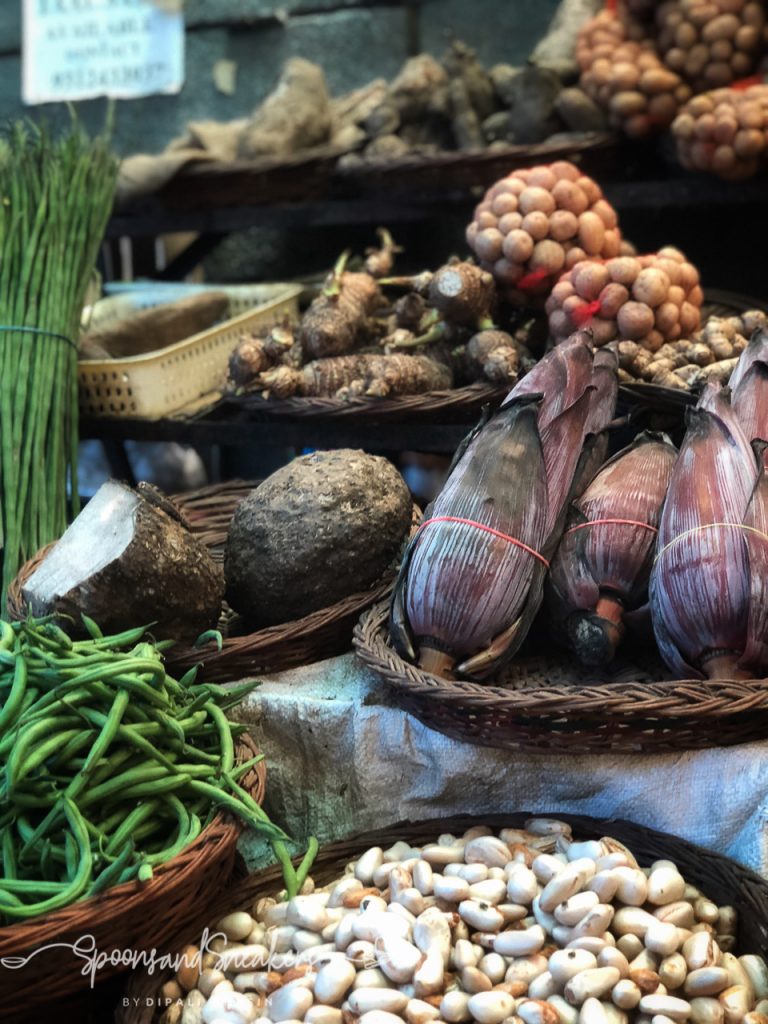
The focus will be on the use of local, ethnic and forgotten indigenous Indian ingredients.
Fresh fruits and vegetables produced locally and in an environmentally responsible manner will enter kitchens. The success of weekend farmers markets in cities suggests the interest of the consumers in purchasing local, organic produce and the rise of backyard kitchen gardens. Not only do these have their own charm but the produce is nutritious and packed with energy. Remember those days when our mothers would carry home “chakki ka pisa hua atta” and fresh greens from the sabzi mandi? Freshly ground wheat flour and readily available millets like jowar, foxtail millet, ragi and bajra are finding their space on kitchen shelves.
Go Glocal
Taking a cue from these shifts, celebrity chefs are collecting age-old authentic recipes from archives and serving regional cuisines sumptuous with traditional ingredients. While it may seem impossible to replace some of the classics with local produce, many chefs these days are daring to do so. Before the launch of Omya, the Indian restaurant at the luxe Oberoi Hotel, Chef Alfred Prasad took a ten hour Old Delhi food tour to understand the flavours of Purani Dilli. The result is a confluence of pure Indian flavours with modern sensibilities and international approach. Scotched eggs placed on top of Avadhi Pulao instead of a Nargisi Kofta, Omya Chaat with Quinoa Golgappas, double tempered dal with lotus stems, all find a place in the menu.
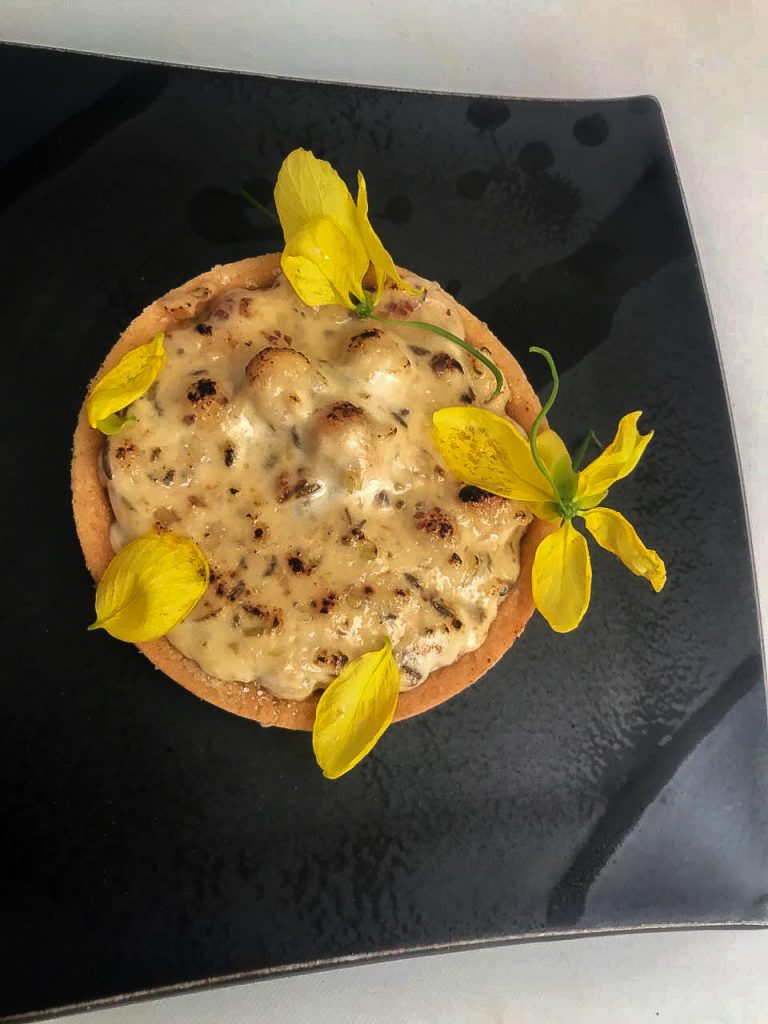
Giving a contemporary twist to local flavours – Bruleed Sattu Tart, Makhana cream and flax seed ( Pic Courtesy: Chef Nishant Choubey)
As Chef Nishant Choubey says, “Going back to basics means, recovering recipes that were long forgotten or gathering dust. It is realising what has always been a part of our cuisine and giving it its due place by getting them back on our plates. This also involves learning more about the properties of different ingredients and using them according to seasons. Mango Dal because of its soothing property of the summer fruit is much appreciated in the summers. Eating healthy is a big trend. People are shifting more to plant foods.”
“Which is one dish that symbolises “Back to roots’ for you?” I asked the chef. “Achari Rajma ki khichdi with urad dal vadi.’ pat came the reply. Wherever I travel in the world, I make it and I eat it. “For me, it’s a feeling of homecoming”.
Chef Edridge Vaz, the Chef de Cuisine, Taj Exotica Resort and Spa, Goa reminisces about his grandmother when he talks about this topic. ” Back to roots means going back to her old recipes. These are fond memories we had while growing up. The taste and nostalgia lie in the food cooked in the family by my elders. My favourite was the fried dumplings with jaggery which grandmother cooked for me as a child. The fish curry and the prawn curry tasted the best the next day and this Kalchi Kodi was most relished by me.”
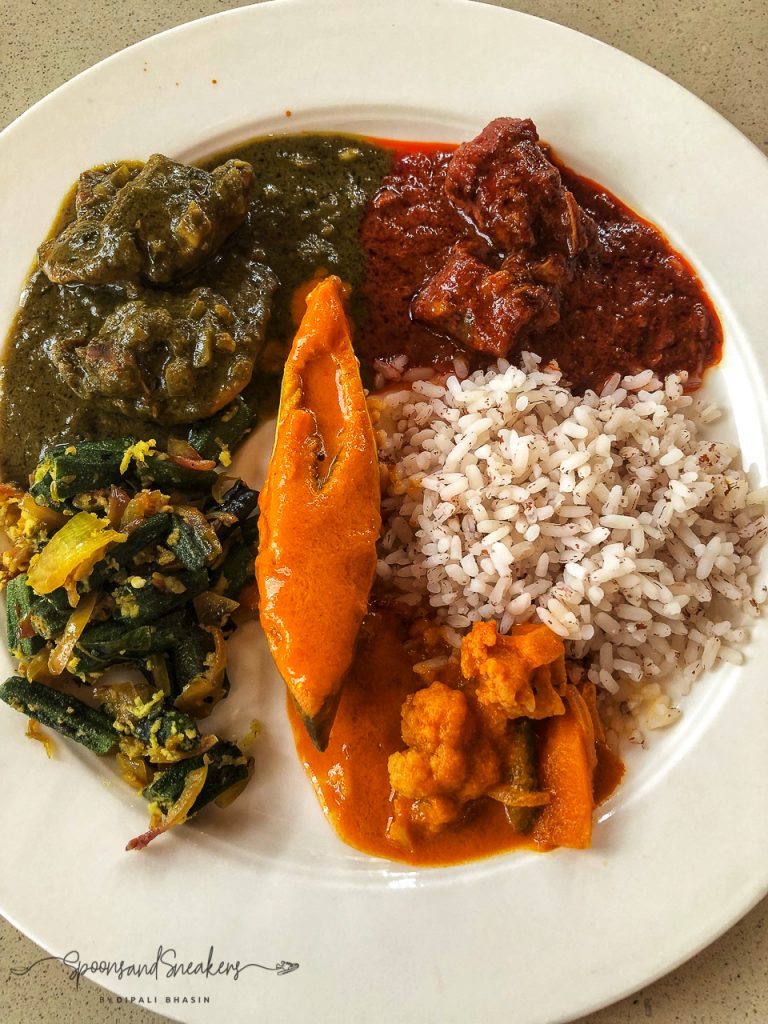
A Goan meal using traditional recipes and local ingredients by Chef Edridge Vaz
Nostalgia, emotions, soul food, local ingredients, back to basics are the terms that one will hear more in 2018. It is the year of connecting back to oneself, to one’s cuisine and appreciating what we have. “Back to Basics’ as a trend is here to stay.
Note: This post is a part of the Godrej Food Trends Blogging contest hosted by Fashionablefoodz in association with Vikhroli Cucina and should not be repurposed, republished or used otherwise. The content herein is owned by the blogger. Godrej Food Trends Blogging contest, Fashionablefoodz or Godrej is not responsible for any kind of Infringement caused.

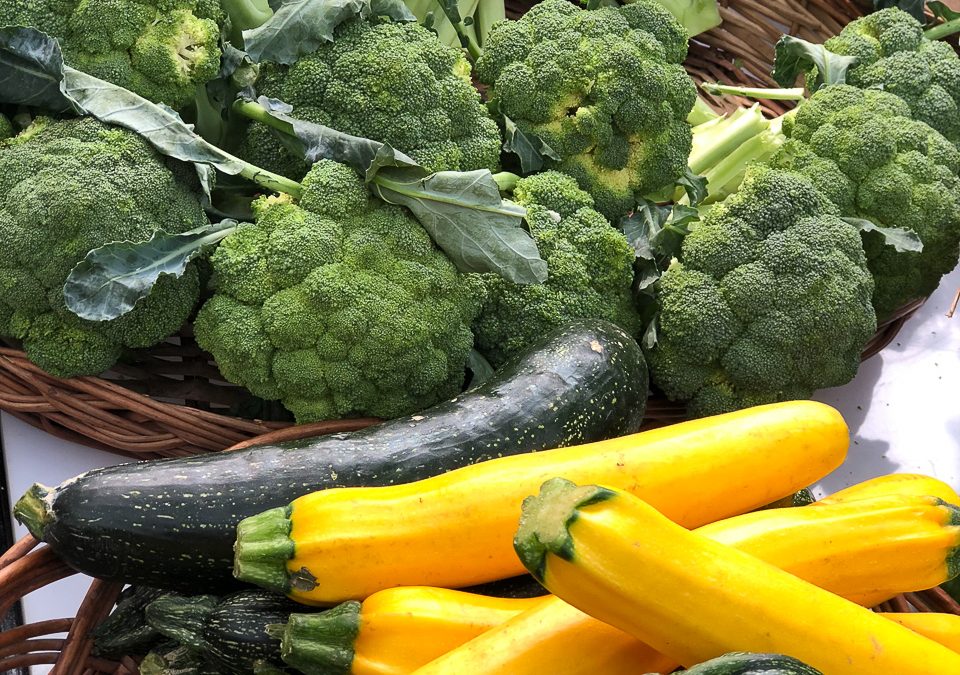


Very well puta across
Thank a ton for your comment. I look forward to feedback and I’m grateful for yours.
This is so beautifully put. Indeed back to our own roots is the future.
Thank you so much. We are looking forward to eating more traditional recipes now and this is such a fantastic change.